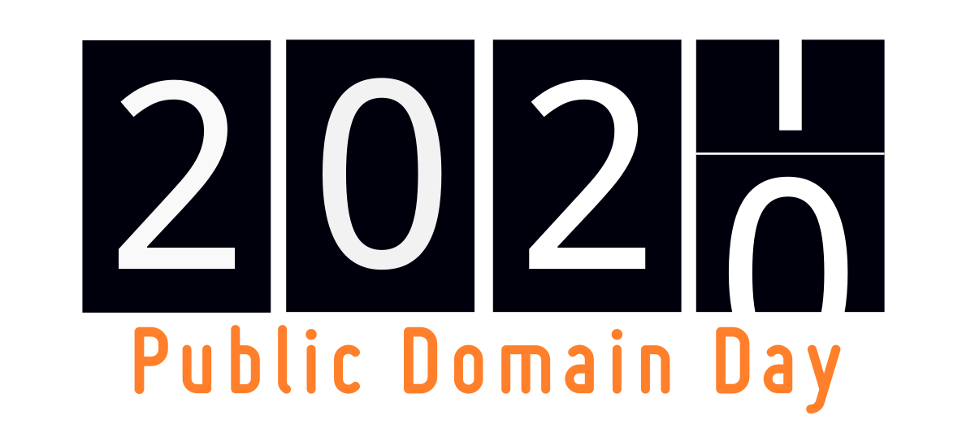Recent blog posts
Blog topics
-
Library ambassadors (80)
-
library week (2)
-
Omni (6)
-
Reno (13)
-
renovation (5)
-
staff (1)
-
Subscriptions ending (29)
Blog posts by audience
Blog posts archive
Figure 1. Logo PDD 2021 by Cienkamilla (retrieved January 6th, 2021)
What is Public Domain?
The term "public domain" refers to materials no longer protected by copyright (ISED Canada, 2018). In other words, the public domain includes pieces in which the copyright has expired. No individual owns the work, rather the public now owns the piece and is free to use it without obtaining permission.
A copyright owner has a number of legal rights such as the right to copy and translate a work and the right to communicate the work to the public. In Canada, copyright lasts for the author's life, the remainder of the calendar year in which the author dies, plus 50 years (Canadian Intellectual Property Office, 2019). The protection expires on December 31st of the 50th year after the author passes away (Canadian Intellectual Property Office, 2019). Thus, every New Year, new materials enter the public domain.
Why is the public domain important?
The public domain serves as a manner of preserving the culture and intellectual heritage of humanity. Knowledge needs to be free and accessible for the benefit of creators, inventors, teaching institutions and research centres.
The public domain feeds creativity. Artists rely on the public domain to remix footage, reuse lyrics and melodies and adapt classic stories to modern works. For example, Disney’s Cinderella story (1950) is based on French storyteller Charles Perrault’s folk tale (1697) (Doyle, 2016). Songwriters also depend on the public domain to parody a well-known ballad without fear of being sued.
Teaching institutions use public domain works for teaching. Teachers can freely translate, annotate, adapt, or excerpt from them to create new educational resources. For example, teachers can distribute copies of a book in the public domain for students in their class, such as Anne of Green Gables by Lucy Maud Montgomery. Does this bring back memories from high school English class?
Where to access public domain
The Smithsonian Institution
The Smithsonian Institution is the world’s largest museum, education and research complex. The Smithsonian’s mission is to increase the diffusion of knowledge. In February 2020, the Smithsonian launched Smithsonian Open Access, an initiative that removed Smithsonian copyright restrictions on 2.8 million digital pieces from their collection. Smithsonian Open Access applies to digital assets and includes texts, still images, sound recordings, research datasets, 3D models, collections data and more. Now nearly 3 million images carry a Creative Common Zero (CC0) designation, which permits commercial and non-commercial use of images without the need for Smithsonian permission or payment. Note, Creative Common Zero is a designation used to waive copyright rights. CC0 informs the public that they can use the digital work without the Smithsonian’s permission. If you don’t see this designation, it is safe to assume the piece is protected by copyright.
Google Arts & Culture
The Google Arts & Culture is an online platform and an app through which the public can:
- View images and videos of artwork
- Tour virtual art gallery and museums with a 360° view
- Tour famous sites and landmarks with a 360° view
- View images of historical figures and events
- Project 3D models though the phone camera into the real world
- Colour in the Art colouring book filled with famous paintings and palettes
- Apply the Art filter with filters based on iconic artifacts through the app
- Take an Art selfie and discover the portraits that look like you
Google Arts & Culture is an interactive learning experience. Their mission is to preserve and bring art and culture online, making it accessible to anyone, anywhere. While not all images available on Google Arts & Culture are in the public domain, some images indicate their copyright status in their record and those are at your disposal to use.
Copyright service at Library
- How do I know if something is protected by copyright?
- What rights do a copyright owner have?
- Are there any databases of copyright materials that I can use for free without worrying about copyright?
We hope you can now answer all of these questions!
Have more questions? Check out the Copyright at Waterloo FAQ page or email copyright@uwaterloo.ca
Features from the Smithsonian
Little American Post Office Safe
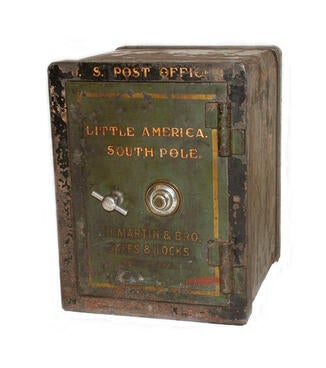
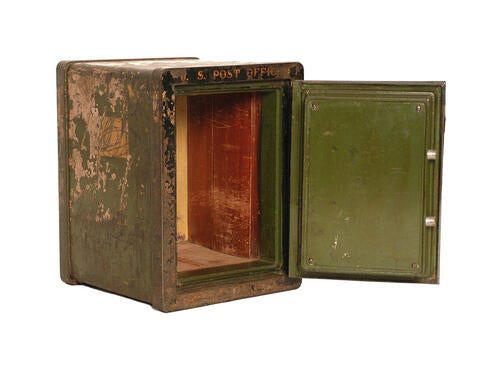
Collected in 1934, this combination safe is made out of iron and wood and was used by the Post Office at Little America, a small temporary postal station in the South Pole. This safe stored stamp, cancellation dies, and other valuables.
Sent to the South Pole to cancel mail on 1934, Charles F. Anderson found numerous letters sent the previous year had not been processed. According to the Smithsonian, Anderson prepared a total of 153,217 mail pieces in just 16 days in the station 20 feet below the ice with just enough heat to keep the ink from freezing. The safe is now kept at the National Postal Museum.
Bouquet holder, blue beads, mother of pearl handle
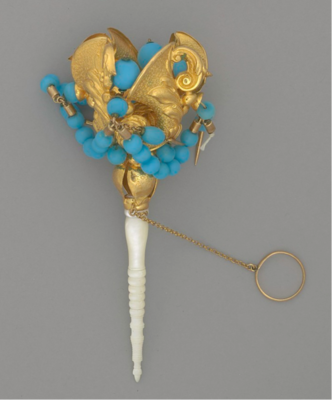
In the ninetieth century, carrying small bouquets of flowers in decorative holders was an established fashion for debutantes, matrons, and girls of the upper class and royalty of Europe. This accessory provides a water source to keep the flowers fresh throughout an occasion, and also protected the wearer’s clothing from being stained by the flower pigments.
According to the Smithsonian, Queen Victoria helped popularize the bouquet holder. She is seen holding one in her portrait “Queen Victoria at the Drury Lane Theatre, November 1837” painted by E.T. Parris.
Spoon
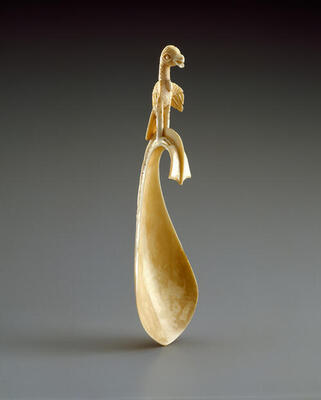
Created during a time of change in Benin, this ivory spoon exemplifies age and tradition. The bird symbolizes the spiritual and military power of Oba Esigie.
References
Doyle, J. (2016). The Gruesome Origins of Classic Fairy Tales. Retrieved December 17, 2020, from https://www.abebooks.com/books/the-gruesome-origins-of-classic-fairy-tales/index.shtml
Canadian Intellectual Property Office (2019, August 27). A guide to copyright. Retrieved December 17, 2020, from https://www.ic.gc.ca/eic/site/cipointernet-internetopic.nsf/eng/h_wr02281.html
Cienkamilla. (2019). Logo PDD 2021 [logo] Wikimedia Commons. https://commons.wikimedia.org/wiki/File:Logo_PDD_2021.svg
Innovation, Science and Economic Development (ISED) Canada (2018-08-29). About copyright. Retrieved January 5, 2021, from https://www.ic.gc.ca/eic/site/icgc.nsf/eng/07415.html#p4.1
